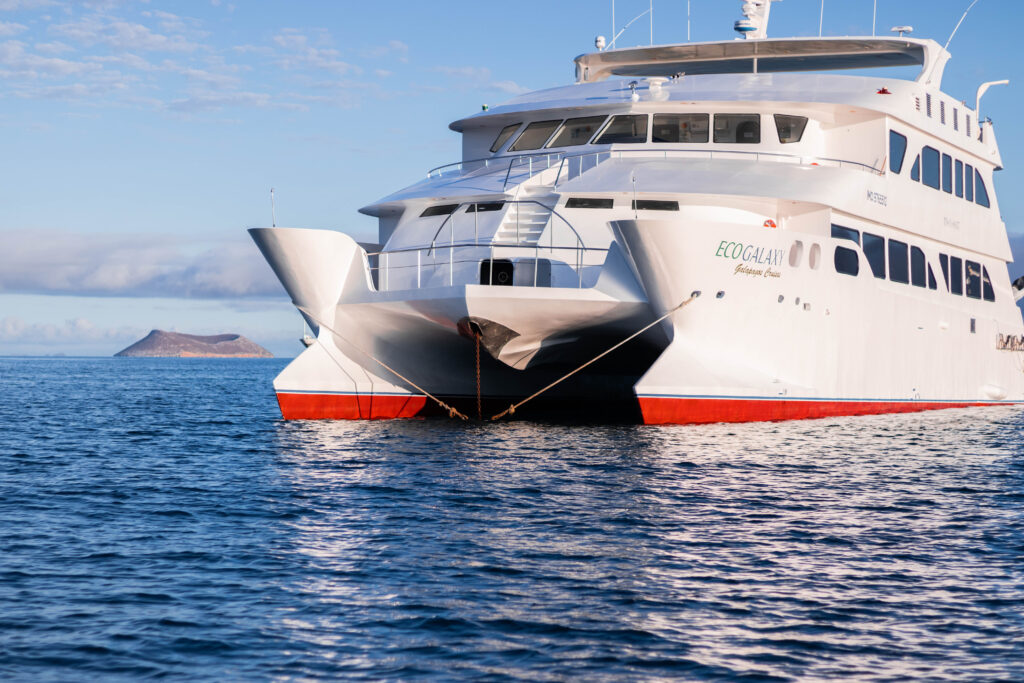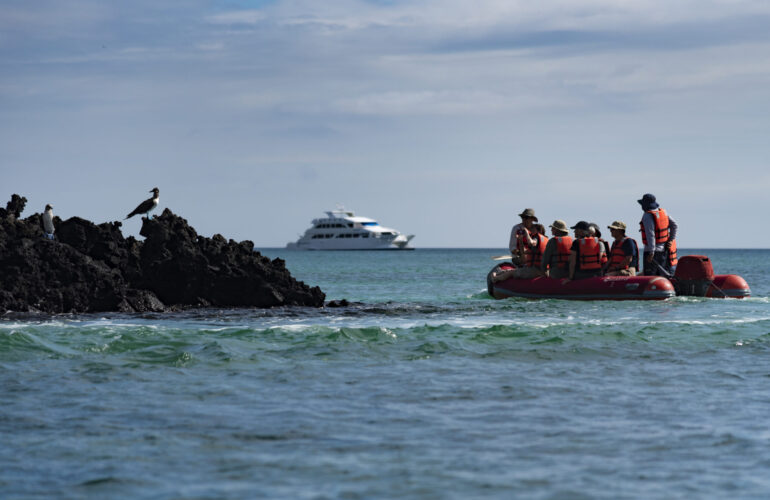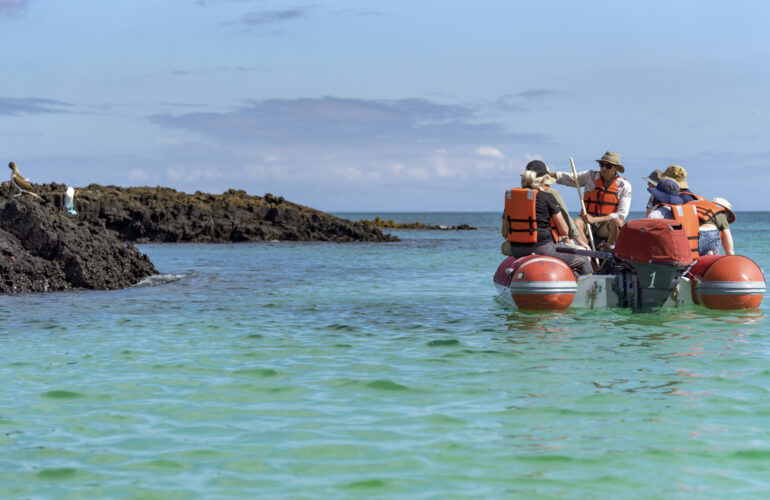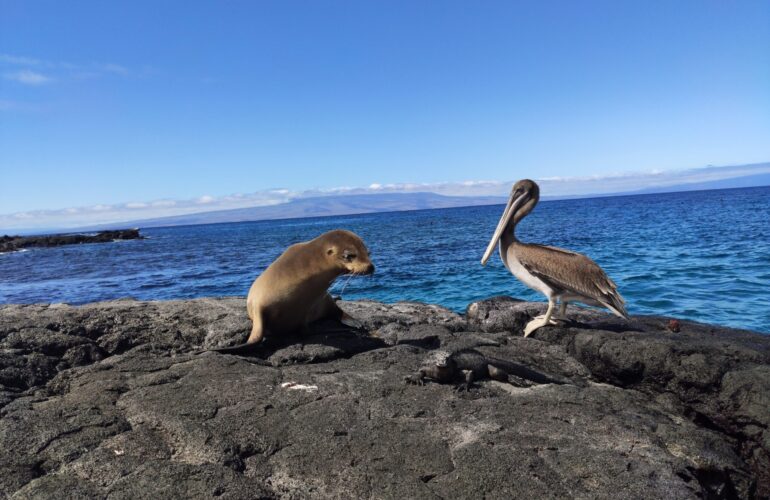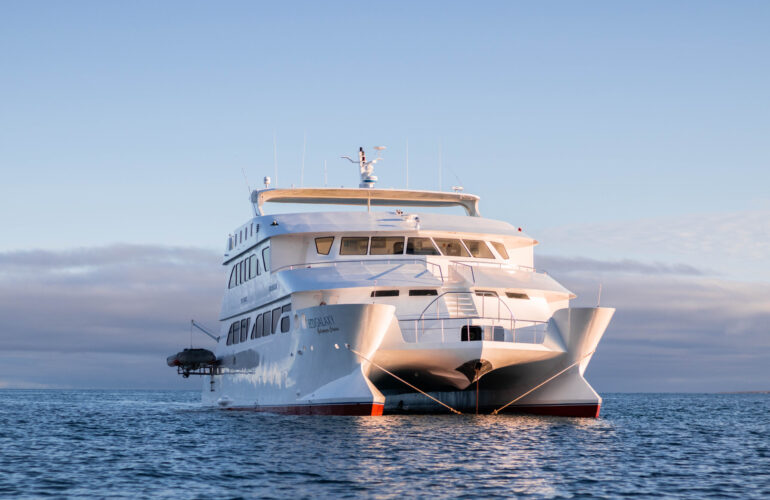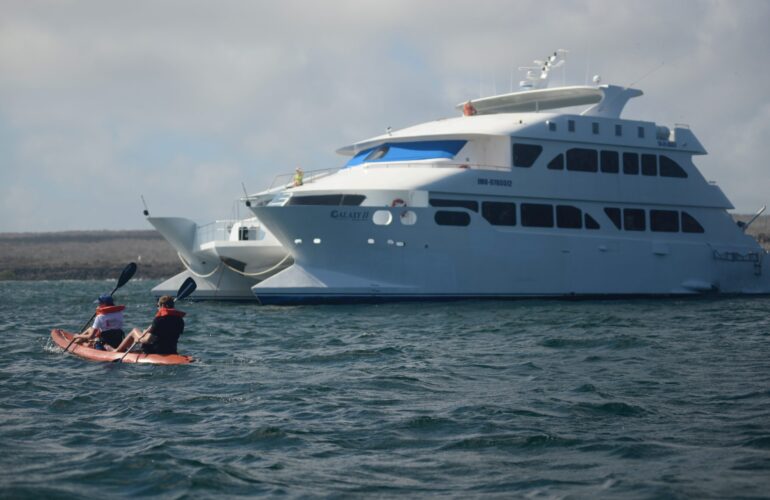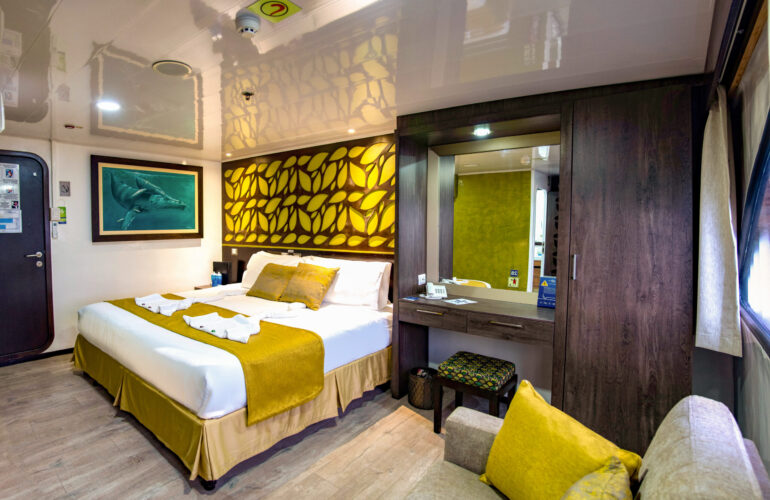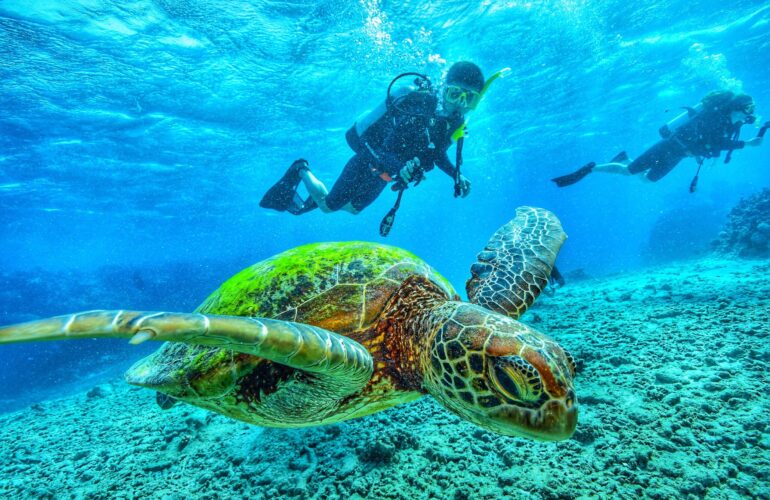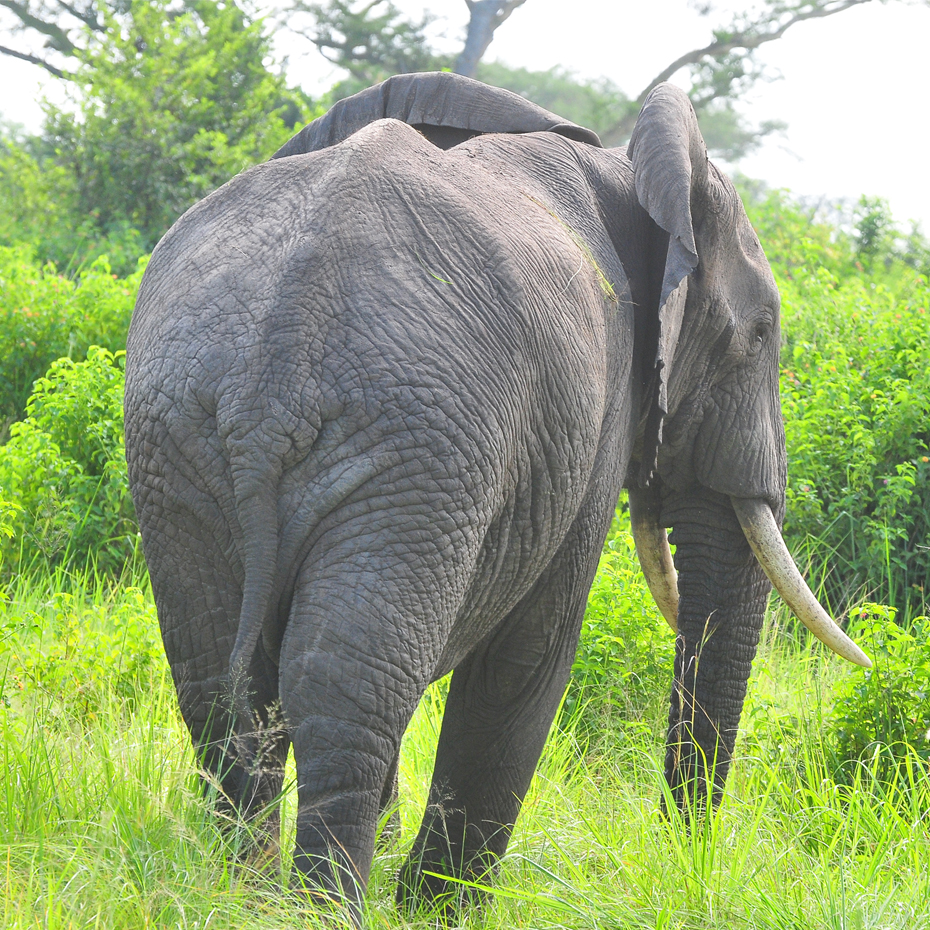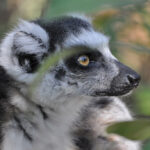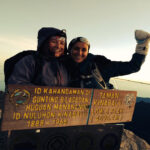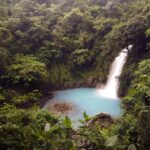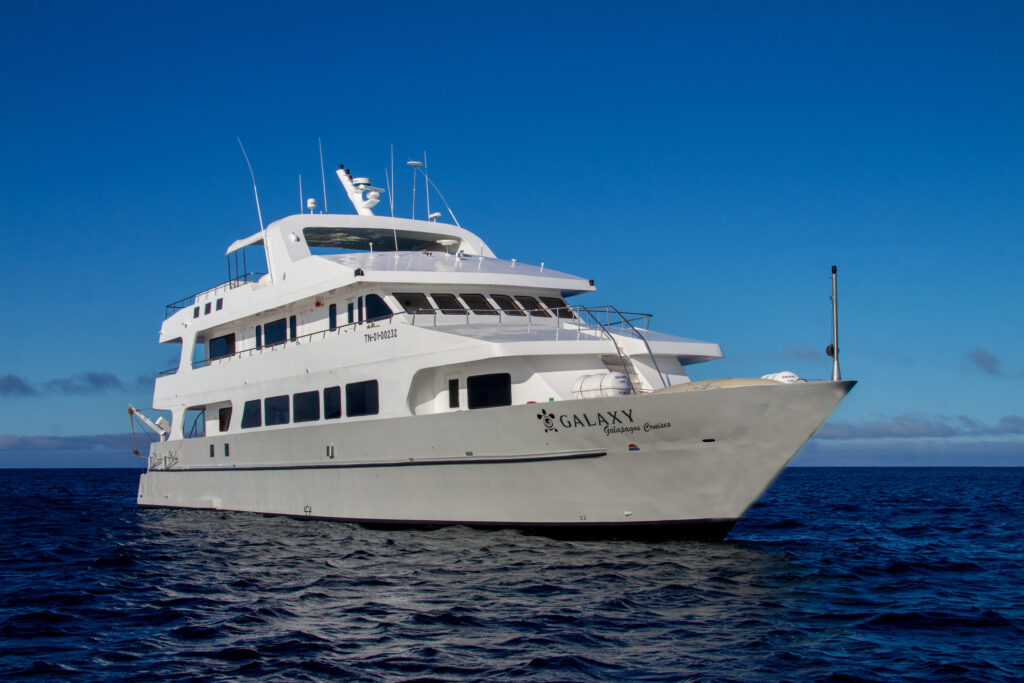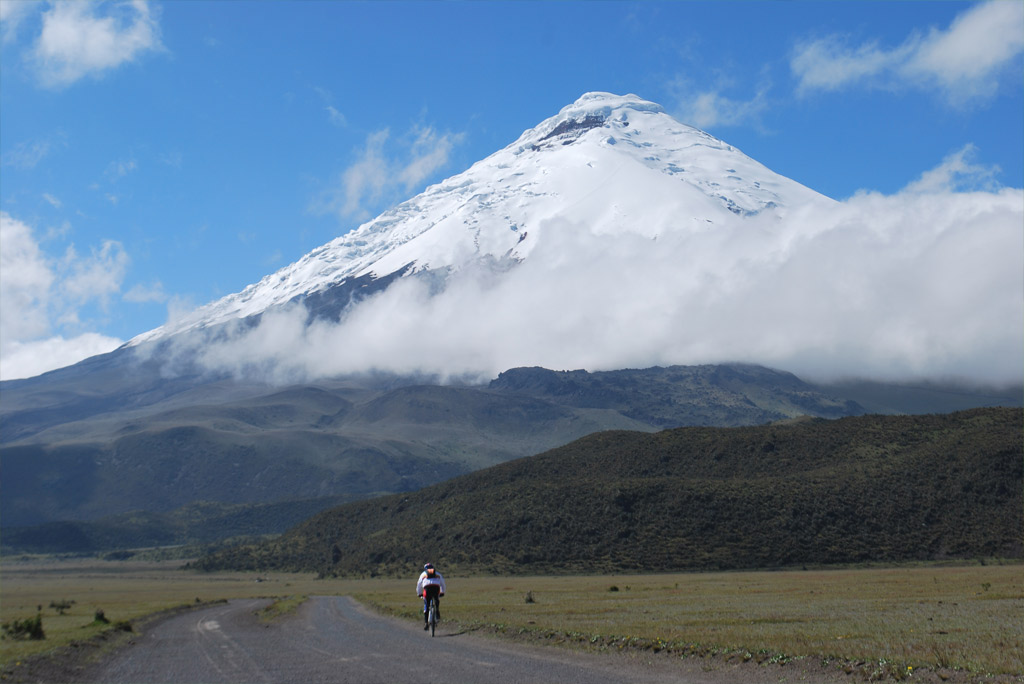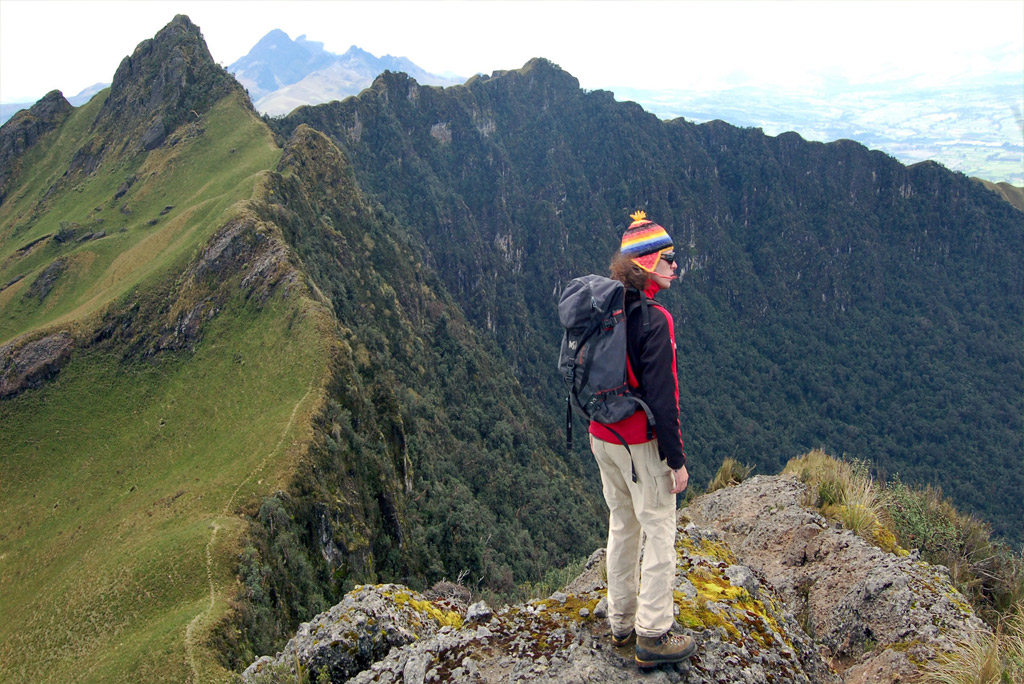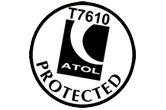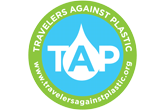There is nowhere on earth quite like The Galapagos Islands National Park. Since Darwin stepped foot on the Islands in 1835 the archipelago has fascinated scientists and visitors alike. Protection and preservation of this unique biosphere is ever more important; our partners are actually from the Islands (Galapaguenos) so nobody understands this more than them. You’ll be aboard a first class vessel that was created using high tech’ to keep within environmental parameters and to work with maximum efficiency but reduce Co2 emissions. You’ll marvel at the mesmerising blue footed boobies as they hop from foot to foot during one of nature’s most intriguing spectacles. You’ll find out why flightless cormorants no longer need to fly and feel like you’ve stepped back to a prehistoric era watching marine and land iguanas with their leathery skin and sharp claws. The waved albatross has the largest wingspan of over 2 meters. There’s plenty to see beneath the water too in the coral rich surroundings of the islands.
We want to be able to offer a variation of durations and itineraries to our clients as we appreciate free time and days of departure may dictate what you’re able to do. With that in mind we have included a number of itineraries that vary in length and route. We have included a sample itin (below) and cost. On the itinerary link you’ll see additional options where you can contact us for further information.

